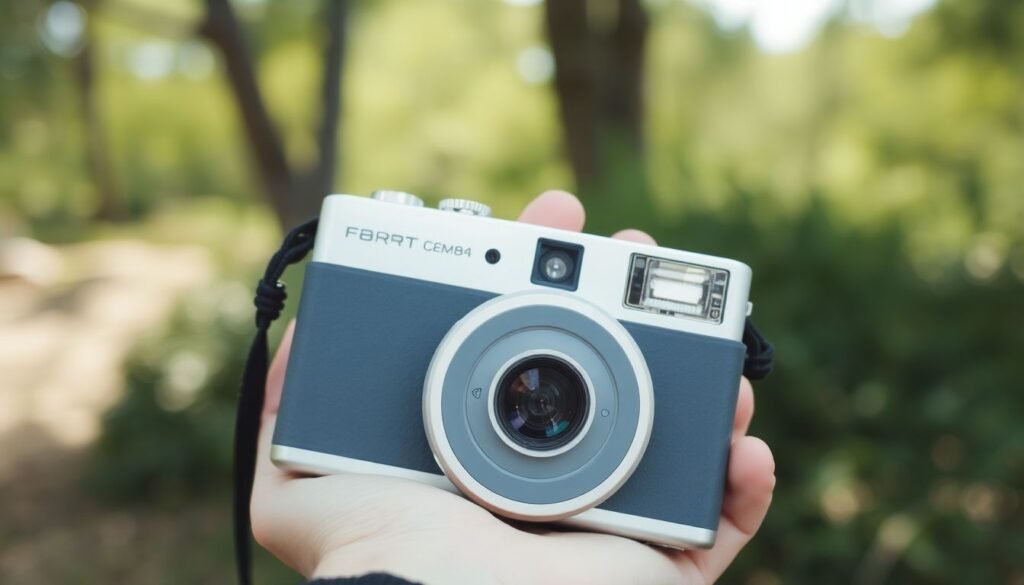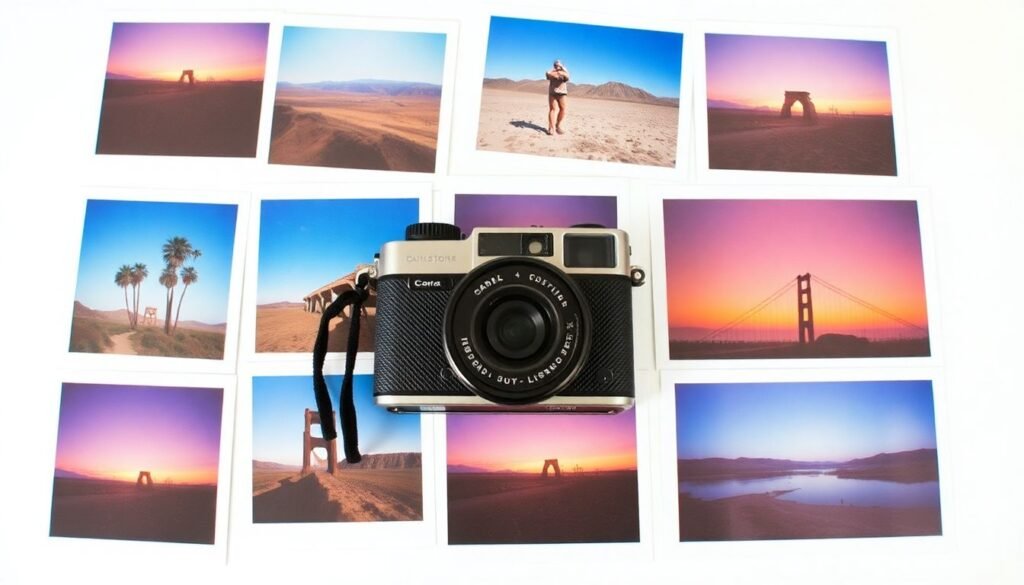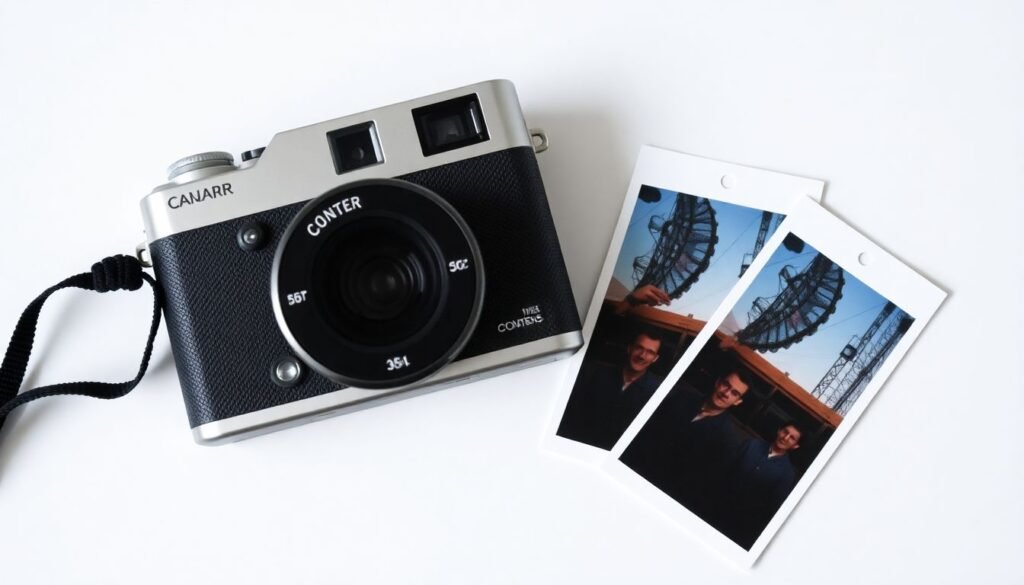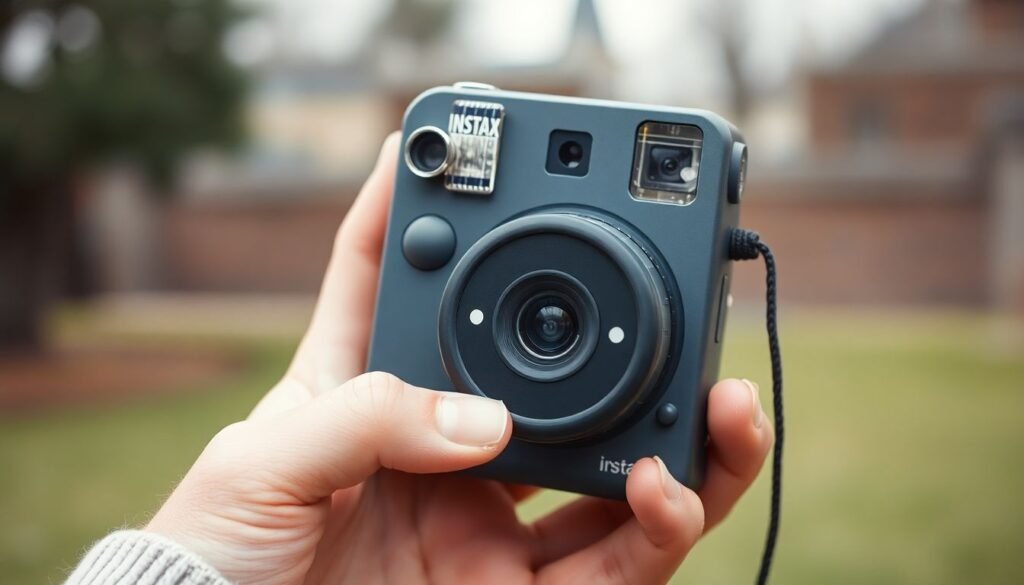Physical Address
304 North Cardinal St.
Dorchester Center, MA 02124
Physical Address
304 North Cardinal St.
Dorchester Center, MA 02124

In today’s world of high-tech digital cameras and smartphones, you might wonder why anyone would still use a disposable camera. But these fun, nostalgic devices are making a comeback! Whether you’re headed to a wedding, beach vacation, or just want to capture candid memories without worrying about losing an expensive camera, disposable cameras are the perfect solution. So, how do you choose the right one for your needs? Let’s dive in.
A disposable camera is a single-use camera pre-loaded with film. After you take your photos, you send the entire camera for film development, and once the film is processed, you get back your pictures. It’s as simple as point, shoot, and develop!
Disposable cameras come preloaded with a roll of film, and all you need to do is wind the film between shots. When you’re finished with the camera, the entire unit is handed over to a film developer. The key appeal here is the simplicity and lack of maintenance—there’s no need to charge batteries, change lenses, or worry about data storage.
The beauty of disposable cameras lies in their simplicity and spontaneity. You don’t need to worry about settings or storage space. They’re perfect for people who want to capture moments without worrying about complicated equipment. Plus, they offer a unique, raw aesthetic that many find charming compared to the polished look of digital photos.

These cameras are straightforward and ideal for everyday snapshots. They’re best for casual use like family gatherings or events where you don’t need waterproofing or special features.
Planning a trip to the beach, pool, or a rainy destination? Waterproof disposable cameras can go underwater and survive moisture, making them great for underwater shots or outdoor adventures.
Some disposable cameras come with a built-in flash, perfect for low-light environments like indoor parties or evening events. Non-flash versions are more suited to bright, outdoor settings.

The first question to ask yourself is: What do I need this camera for? Are you taking it to a wedding, a music festival, or on a hiking trip? Your purpose will dictate what kind of features you need.
Not all disposable cameras offer the same image quality. The film speed (ISO) affects how well your photos will turn out in different lighting. Most disposables are set around ISO 400, which works well in a variety of conditions. If you’re after crisper, higher-quality images, you might want to look for cameras with better film options, such as ISO 800.
A flash is essential if you plan to shoot indoors or in low-light conditions. Some disposables allow you to toggle the flash on and off, while others have automatic flash settings. If you’re primarily taking photos outdoors in bright light, you may not need this feature, but it’s a handy tool for versatile shooting.
For beach vacations, underwater photography, or outdoor adventures, go for a waterproof disposable camera. These are typically encased in a plastic shell that protects them from water damage, making them perfect for water sports or rainy conditions.
Most disposable cameras offer 24 to 36 exposures (shots). If you’re attending a long event or traveling, you might want to choose a camera with a higher exposure count to capture more moments without needing multiple cameras.
Disposable cameras can range from budget-friendly options to more premium choices with added features like waterproofing or advanced film. Decide how much you’re willing to spend, keeping in mind that you’ll also need to factor in the cost of film development.
Brands like Kodak and Fujifilm dominate the disposable camera market for good reason—they offer reliable quality and ease of use. If you’re looking for niche or black-and-white photography, brands like Ilford offer specialized options.

Kodak is a go-to brand for dependable disposable cameras. Their models typically feature vibrant colors and high-quality prints, making them a popular choice for weddings and events.
Fujifilm offers a variety of disposable options, including waterproof models. They are known for their sharp, vivid images and robust build quality.
If you’re after a more artistic feel, Ilford’s black-and-white disposable cameras are perfect for those who love vintage-style photos. Other niche brands may offer higher ISO films or unique color effects.

For travel, you’ll want a disposable camera with a decent exposure count and versatile ISO settings. Waterproof options are ideal for beach or rainy destinations.
At events, opt for a disposable camera with flash capabilities and a moderate exposure count. This ensures you’ll capture key moments indoors and outdoors.
A waterproof disposable camera is your best bet for snorkeling, poolside fun, or any water-related activities.
For casual, everyday photography, a basic disposable camera will do the trick. No need for extra features—just point and shoot!


For well-lit outdoor shots, most disposable cameras will do great. For low-light conditions, make sure you have a model with a flash. Be mindful of shadows and the position of your light source to avoid dark, grainy photos.
Even though you can’t adjust settings like you would on a digital camera, you can still focus on composition. Try to center your subjects, avoid clutter in the background, and play with angles to get creative shots.
Use flash in dark environments but avoid using it too close to your subject, as it can create washed-out effects or harsh shadows.
Disposable cameras have a limited number of shots, so make each one count! Think about the composition and timing before pressing the shutter.

Many drugstores and photo labs still offer film development services for disposable cameras. It’s a quick and affordable way to get your prints.
Several companies allow you to mail in your disposable camera to have the film developed. They often offer digital scans as well, which is great for sharing on social media.

If you like the retro feel but want instant gratification, instant cameras like the Fujifilm Instax or Polaroid Now might be more your style. These cameras produce instant prints while still offering the simplicity of a disposable camera.
For a digital twist, several apps mimic the grainy, nostalgic look of disposable cameras. Apps like Huji Cam and Gudak offer filters that recreate the aesthetic of film.

Disposable cameras may seem old-fashioned, but they offer a unique, carefree way to capture memories. By understanding your needs—whether it’s for travel, events, or everyday use—you can choose the perfect disposable camera for any occasion. Plus, their simplicity and charm make them an attractive option in today’s digital world.
No, disposable cameras are designed for single-use. Once the film is developed, the camera is discarded.
Most disposable cameras offer between 24 and 36 exposures, depending on the model.
Unfortunately, most disposable cameras are not eco-friendly since they are single-use and contribute to waste.
Yes, the film in disposable cameras can expire, usually after a couple of years. Expired film may produce grainy or discolored images.
Yes, you can bring a disposable camera on a plane. However, it’s advisable to keep it in your carry-on to avoid damage from X-ray machines used in checked luggage scanning.